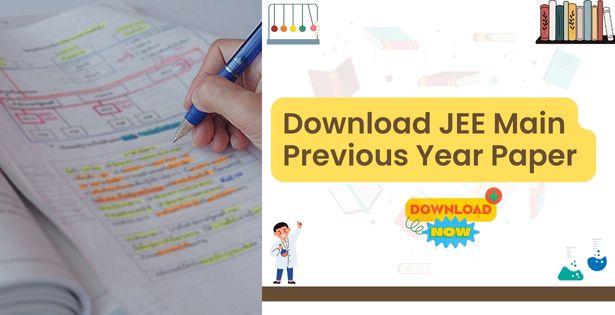About S And P Block Element, Download Notes
What Is S Block Element?
S-block elements refer to the elements located in the periodic table's s-block, specifically in Groups 1 and 2. These elements include the alkali metals (Group 1) and alkaline earth metals (Group 2). The s-block elements are characterized by having their outermost electrons in the s orbital, which can hold a maximum of two electrons.
The alkali metals include elements such as lithium (Li), sodium (Na), potassium (K), and so on. They are highly reactive and have a tendency to lose their outermost electron to form positive ions. Alkali metals are known for their low melting points, softness, and ability to react vigorously with water.
The alkaline earth metals include elements such as beryllium (Be), magnesium (Mg), calcium (Ca), and so on. They are less reactive than alkali metals but still readily form positive ions by losing their two outermost electrons. Alkaline earth metals are harder and have higher melting points compared to alkali metals.
The s-block elements play significant roles in various chemical reactions, are important for biological processes, and find applications in industries such as metallurgy, construction, and medicine.
What Is P Block Element?
P-block elements refer to the elements located in the periodic table's p-block, which includes elements from Groups 13 to 18. These elements encompass a wide range of chemical properties and include nonmetals, metalloids, and some metals.
The p-block elements have their outermost electrons in the p orbital, which can hold a maximum of six electrons. This region of the periodic table includes elements such as boron (B), carbon (C), nitrogen (N), oxygen (O), fluorine (F), phosphorus (P), sulfur (S), and many others.
The p-block elements exhibit diverse chemical properties and reactivity. Nonmetals like nitrogen, oxygen, and fluorine are known for their ability to form covalent bonds and participate in various chemical reactions. Metalloids like boron and silicon possess properties intermediate between metals and nonmetals, making them useful in semiconductor materials. Some p-block elements, such as the noble gases in Group 18, are chemically inert due to their stable electron configurations.
The p-block elements play essential roles in various fields, including organic and inorganic chemistry, environmental science, materials science, and medicine. They are involved in the formation of compounds, biological processes, and industrial applications.
Table of Content
1. Hydrogen and Its Compounds.
2. Alkali Metals and Their Compounds.
3. Alkaline Earth Metals and Their Compounds.
4. Boron Family.
5. Carbon Family.
6. Nitrogen Family.
7. Oxygen Family.
8. Halogen Family.
9. Noble gases.







.webp)
%20(1).png)






 CUSAT CAT (Cochin University of Science ...)
CUSAT CAT (Cochin University of Science ...) MHT CET (Maharashtra Common Entrance Tes...)
MHT CET (Maharashtra Common Entrance Tes...) KCET (Karnataka Common Entrance Test...)
KCET (Karnataka Common Entrance Test...) JEE Advanced (Joint Entrance Examination...)
JEE Advanced (Joint Entrance Examination...) TNEA (Tamil Nadu Engineering Admissions...)
TNEA (Tamil Nadu Engineering Admissions...) SRMJEEE (SRM Joint Engineering Entrance ...)
SRMJEEE (SRM Joint Engineering Entrance ...) WBJEE (West Bengal Joint Entrance Examin...)
WBJEE (West Bengal Joint Entrance Examin...).webp) GUJCET (Gujarat Common Entrance Test...)
GUJCET (Gujarat Common Entrance Test...) BITSAT (Birla Institute of Technology an...)
BITSAT (Birla Institute of Technology an...) VITEEE (Vellore Institute of Technology ...)
VITEEE (Vellore Institute of Technology ...)



%20(1).png)
